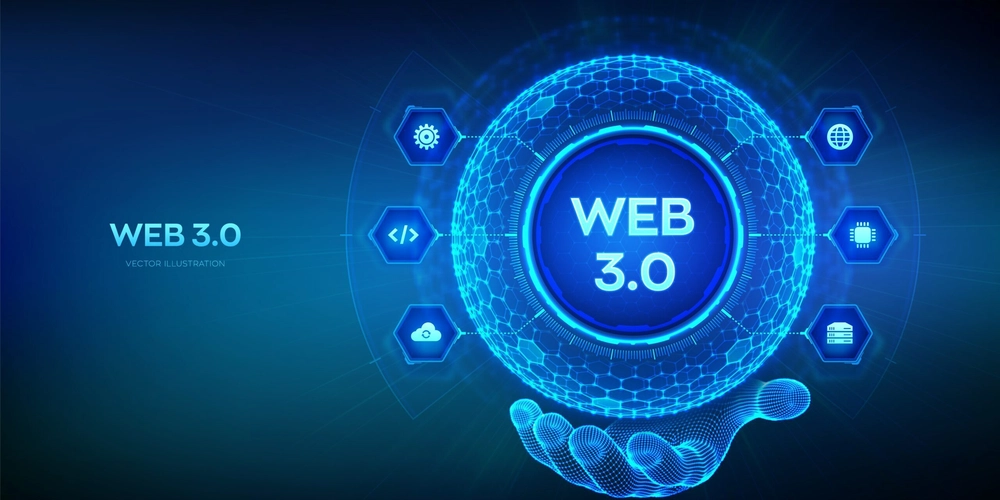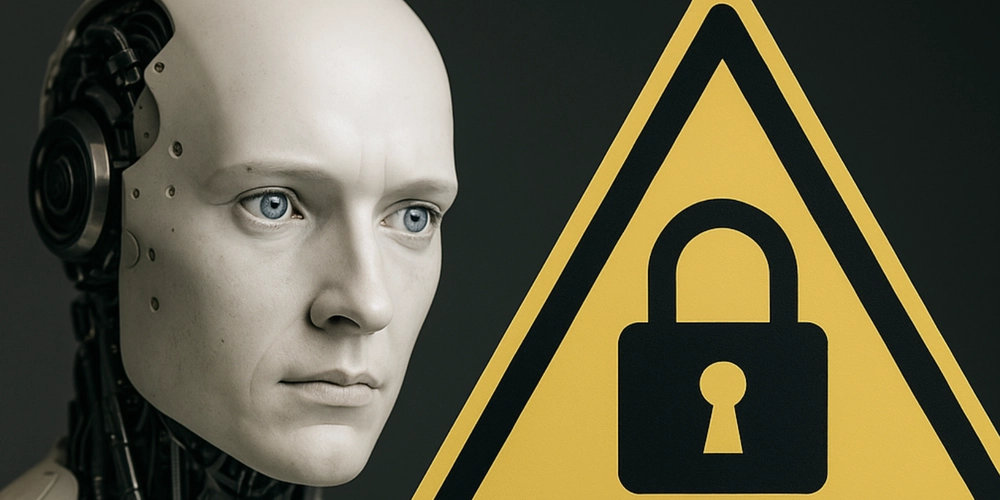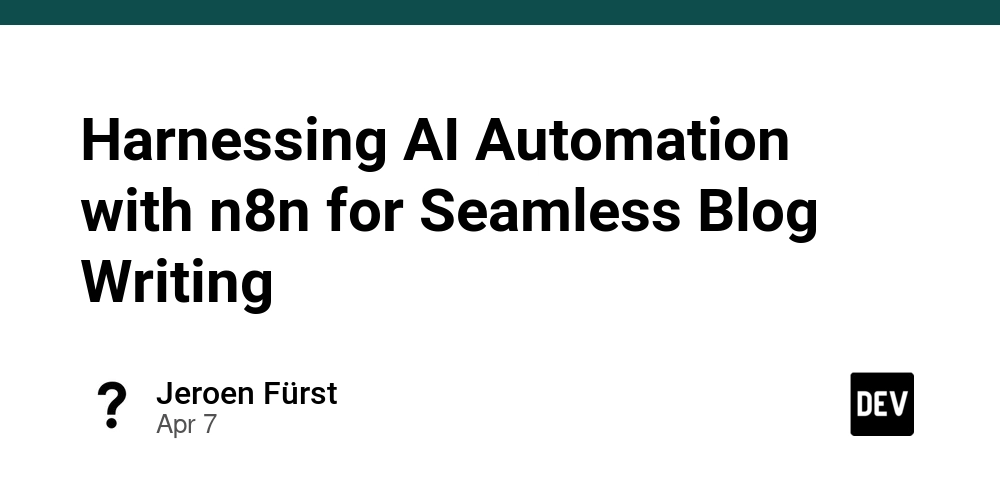BASICS OF WEB3: WHAT YOU NEED TO KNOW
The internet is changing, and we are entering a new digital era: Web3. It's not just a buzzword, but a revolution that looks to change how we interact with the internet by putting much emphasis on decentralization, user ownership, and blockchain technology. If you're among those who wonder what Web3 is and how it differs from the Web2 world we live in today, this article is for you. What is Web3? Web3 is essentially a decentralized internet over blockchain technology. Contrasting to Web2, in which the majority of data is stored by centralized platforms like Google, Facebook, and Amazon, Web3 wants to return control and ownership of digital assets and data to the users themselves. In summary: Web1 (1990s):The read-only web; static pages. Web2 (2000s): Interactive and social web; user-generated content dominated by platforms. Web3 (Today): Decentralized web; user-controlled data and assets with blockchain at its core. Key Features of Web3 Decentralization: Web3 operates on peer-to-peer networks rather than central servers. This ensures transparency, security, and reduced censorship. Blockchain Backbone: Blockchain provides the backend for immutable and secure records. It is also a technology that supports cryptocurrencies such as Bitcoin and Ethereum. Ownership of Data: Under Web3, ownership of one's personal data rests with oneself, and thus he controls who has access and utilizes it. Smart Contracts: Self-executing agreements on blockchain reduce the need for interference from any intermediary. Tokens and Cryptocurrencies: Web3 natively introduces methods of payment through cryptocurrencies, eliminating the reliance on traditional financial institutions. Why Does Web3 Matter? Empowering Creators: For example, NFTs let artists sell their work and creations directly to their consumers without having to cede a cut to galleries, agents, or any other intermediaries. Financial Inclusion: DeFi extends banking services to billions of people around the world who cannot avail such services through traditional means. Enhanced Security: By its nature, blockchain is more secure since the decentralized structure diminishes the possibility of massive data leaks. Censorship Resistance: This is the idea that a truly decentralized platform can't have one single locus of failure, shutdown, or control from an individual entity. Use Cases of Web3 Decentralized Applications (dApps): Applications such as Uniswap and OpenSea allow open marketplaces for finance and digital assets, respectively. Supply Chain Transparency: Companies are utilizing blockchain for tracking goods to guarantee their authenticity. Gaming: Games like Axie Infinity allow the creation of an environment where players can create real-world value through playing. Digital Identity: Solutions such as DID (Decentralized Identifiers) provide people with the possibility to manage their digital identity in a secure way. Challenges to Overcome While the future of Web3 looks promising, there are several challenges it needs to overcome: User Experience: The existing Web3 tools demand a level of technical sophistication. Scalability: Most blockchain networks can't yet process at-scale volumes of transactions. Regulation: All governments worldwide have just started taking concrete steps in figuring out how to deal with this new paradigm. How to Get Started with Web3 Educate Yourself: Read up on blockchain, cryptocurrencies, and dApps. Create a Crypto Wallet: Tools like MetaMask let you interact with Web3 applications. Mingle with dApps: Uniswap and Decentraland will be good starting points for your dApps play. Keep your finger on the pulse: Follow Web3 communities on Twitter, Reddit, and Discord. The Future of Web3 Web3 has just started, but the potential it comes with to democratize the internet can't be underestimated. As technology evolves, newer business models, jobs, and opportunities will emerge. It is now time to embrace this transformational shift and become participants in the decentralized revolution. Ready for the era of Web3? Let's explore together!

The internet is changing, and we are entering a new digital era: Web3. It's not just a buzzword, but a revolution that looks to change how we interact with the internet by putting much emphasis on decentralization, user ownership, and blockchain technology. If you're among those who wonder what Web3 is and how it differs from the Web2 world we live in today, this article is for you.
What is Web3?
Web3 is essentially a decentralized internet over blockchain technology. Contrasting to Web2, in which the majority of data is stored by centralized platforms like Google, Facebook, and Amazon, Web3 wants to return control and ownership of digital assets and data to the users themselves.
In summary:
- Web1 (1990s):The read-only web; static pages.
- Web2 (2000s): Interactive and social web; user-generated content dominated by platforms.
- Web3 (Today): Decentralized web; user-controlled data and assets with blockchain at its core.
Key Features of Web3
Decentralization:
Web3 operates on peer-to-peer networks rather than central servers. This ensures transparency, security, and reduced censorship.Blockchain Backbone:
Blockchain provides the backend for immutable and secure records. It is also a technology that supports cryptocurrencies such as Bitcoin and Ethereum.Ownership of Data:
Under Web3, ownership of one's personal data rests with oneself, and thus he controls who has access and utilizes it.Smart Contracts:
Self-executing agreements on blockchain reduce the need for interference from any intermediary.Tokens and Cryptocurrencies:
Web3 natively introduces methods of payment through cryptocurrencies, eliminating the reliance on traditional financial institutions.
Why Does Web3 Matter?Empowering Creators:
For example, NFTs let artists sell their work and creations directly to their consumers without having to cede a cut to galleries, agents, or any other intermediaries.Financial Inclusion:
DeFi extends banking services to billions of people around the world who cannot avail such services through traditional means.Enhanced Security:
By its nature, blockchain is more secure since the decentralized structure diminishes the possibility of massive data leaks.Censorship Resistance:
This is the idea that a truly decentralized platform can't have one single locus of failure, shutdown, or control from an individual entity.
Use Cases of Web3
Decentralized Applications (dApps):
Applications such as Uniswap and OpenSea allow open marketplaces for finance and digital assets, respectively.Supply Chain Transparency:
Companies are utilizing blockchain for tracking goods to guarantee their authenticity.Gaming:
Games like Axie Infinity allow the creation of an environment where players can create real-world value through playing.Digital Identity:
Solutions such as DID (Decentralized Identifiers) provide people with the possibility to manage their digital identity in a secure way.
Challenges to Overcome
While the future of Web3 looks promising, there are several challenges it needs to overcome:
- User Experience: The existing Web3 tools demand a level of technical sophistication.
- Scalability: Most blockchain networks can't yet process at-scale volumes of transactions.
- Regulation: All governments worldwide have just started taking concrete steps in figuring out how to deal with this new paradigm.
How to Get Started with Web3
Educate Yourself:
Read up on blockchain, cryptocurrencies, and dApps.Create a Crypto Wallet:
Tools like MetaMask let you interact with Web3 applications.-
Mingle with dApps:
Uniswap and Decentraland will be good starting points for your dApps play.- Keep your finger on the pulse: Follow Web3 communities on Twitter, Reddit, and Discord. The Future of Web3 Web3 has just started, but the potential it comes with to democratize the internet can't be underestimated. As technology evolves, newer business models, jobs, and opportunities will emerge. It is now time to embrace this transformational shift and become participants in the decentralized revolution.
Ready for the era of Web3? Let's explore together!















































































